

The Survivors is the story of a young couple visited by ghosts of their past when they return to their childhood hometown of Evelyn Bay in Tasmania.
Come behind the scenes with production designer Ben Morieson, APDG, part of a team that created a cave labyrinth—complete with surging tide and crashing waves—inside our largest sound stage.
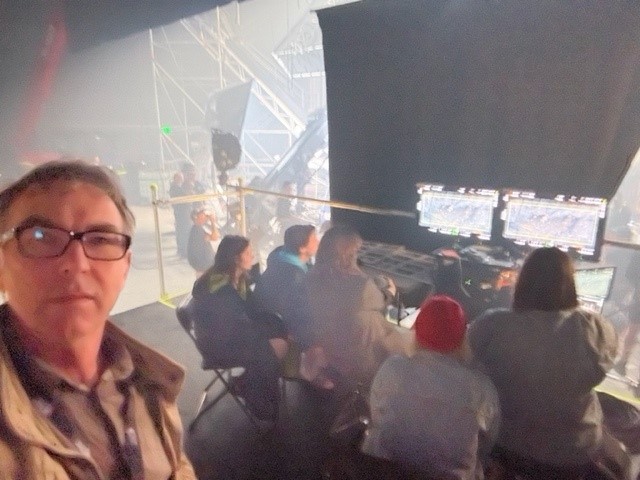
What appealed to you about The Survivors?
I found the story really interesting in that it seemed to be an exploration of teenage masculinity in a way that can be toxic and self-destructive. I loved the idea of it being set in a small fishing town in Tasmania.
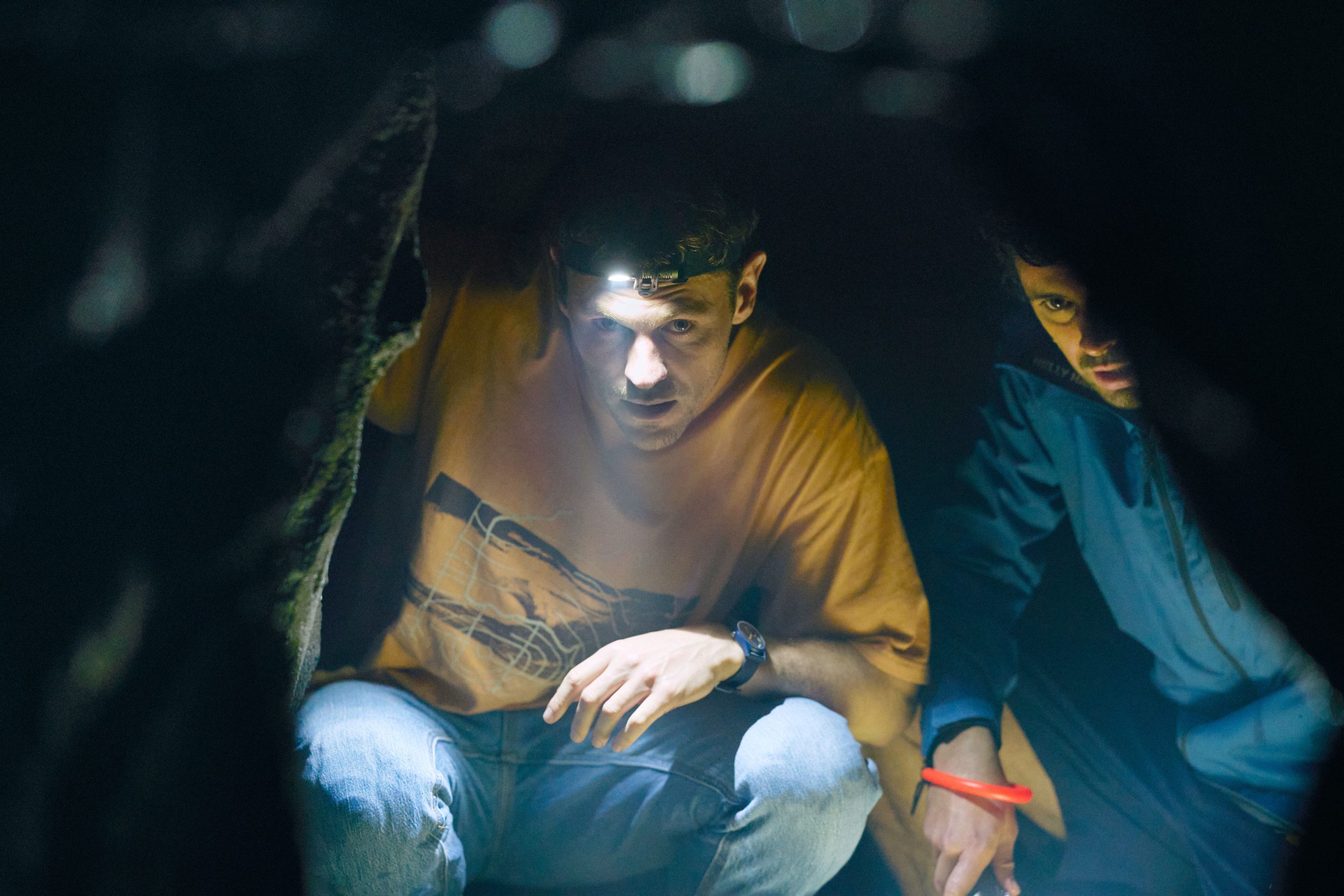
How did you find the shooting location for the town of Evelyn Bay?
We spent a couple of days doing recces along parts of the coast, south west of Hobart and found a spectacular area at Eaglehawk Neck near Port Arthur.
There was a combination of quiet water in Pirate Bay and on the other side of the point were these amazing sheer cliffs that dropped quite violently down into the ocean.
The ocean itself is spectacular and you get the sense that you’re at the edge of the Earth.
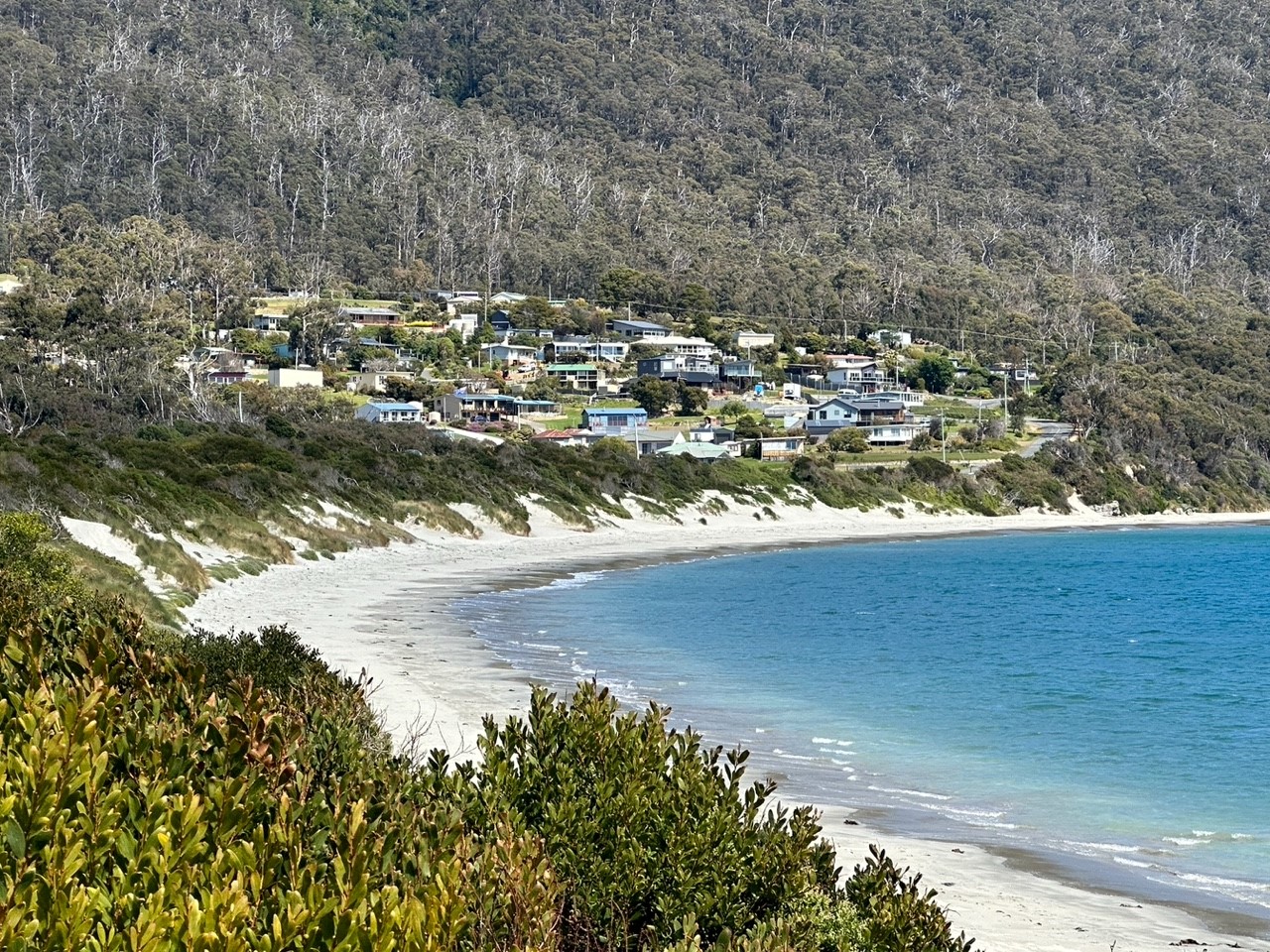
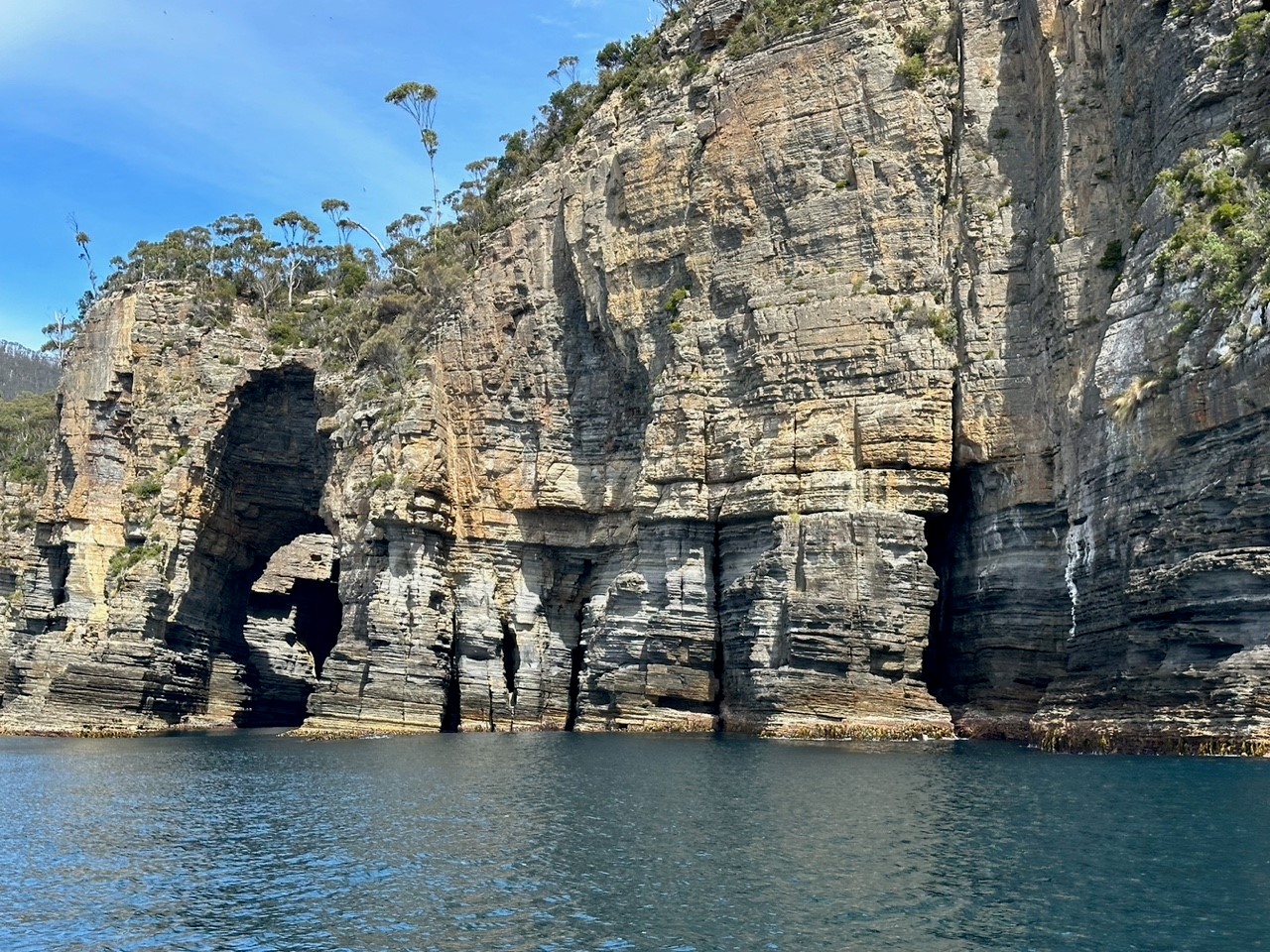
The seascape is a metaphor for the story and polar opposites; the calm and the storm and that contrast between the two—natural states and states of mind.
Why did the production decide to build the caves in a sound stage?
The caves that we built in Stage 6 were really important to the story.
We knew we wouldn’t have control over any natural caves in Tasmania given the tidal range and the amount of time that we needed to be in those caves.
It was decided we’d have to build them as a set pieces. We built three separate caves each in their own above ground steel tank with different tidal heights, and we used the permanent tank in Stage 6 for scuba diving scenes.
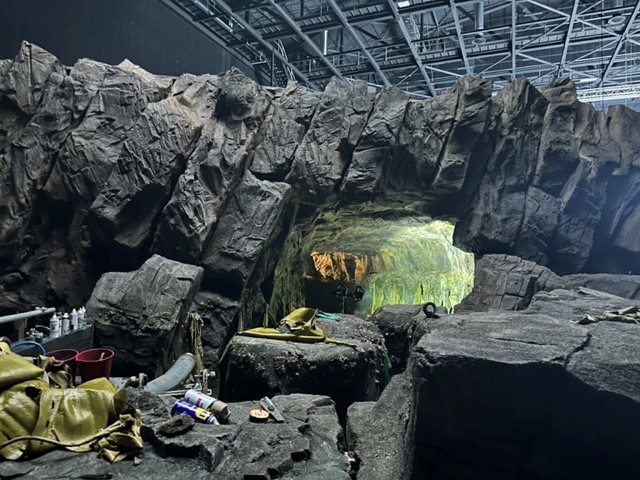
What were some of the technical challenges?
We had to create a violent water movement, like a kind of wave motion, which adds to the jeopardy of the situation inside the cave.
Without giving too much away, these kids get stuck in various circumstances.
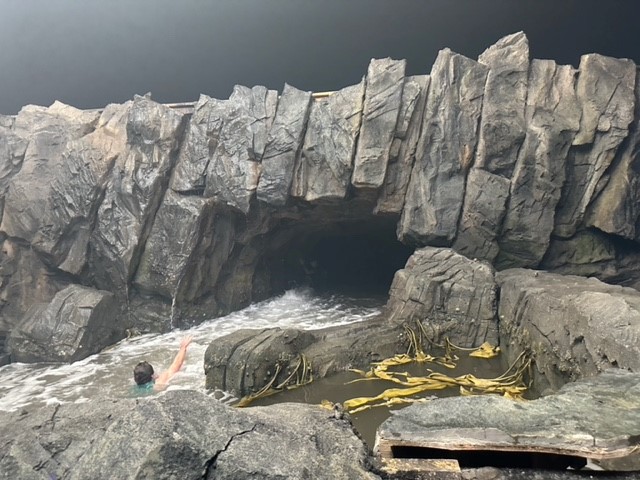
How did you get the caves to look so authentic?
I’d taken hundreds of photos in Tasmania, so we could recreate the unique geology and rock patterns at the mouth of the cave sets.
The starting point was sending a brief to the draftsperson with photos and sketches I had made.
At the same time I worked with our concept artist to make an illustration to show the intended outcome of the set. He then made working drawings with the draftsperson of each of the three cave sets and we took those to Illusions, the specialist set builders.
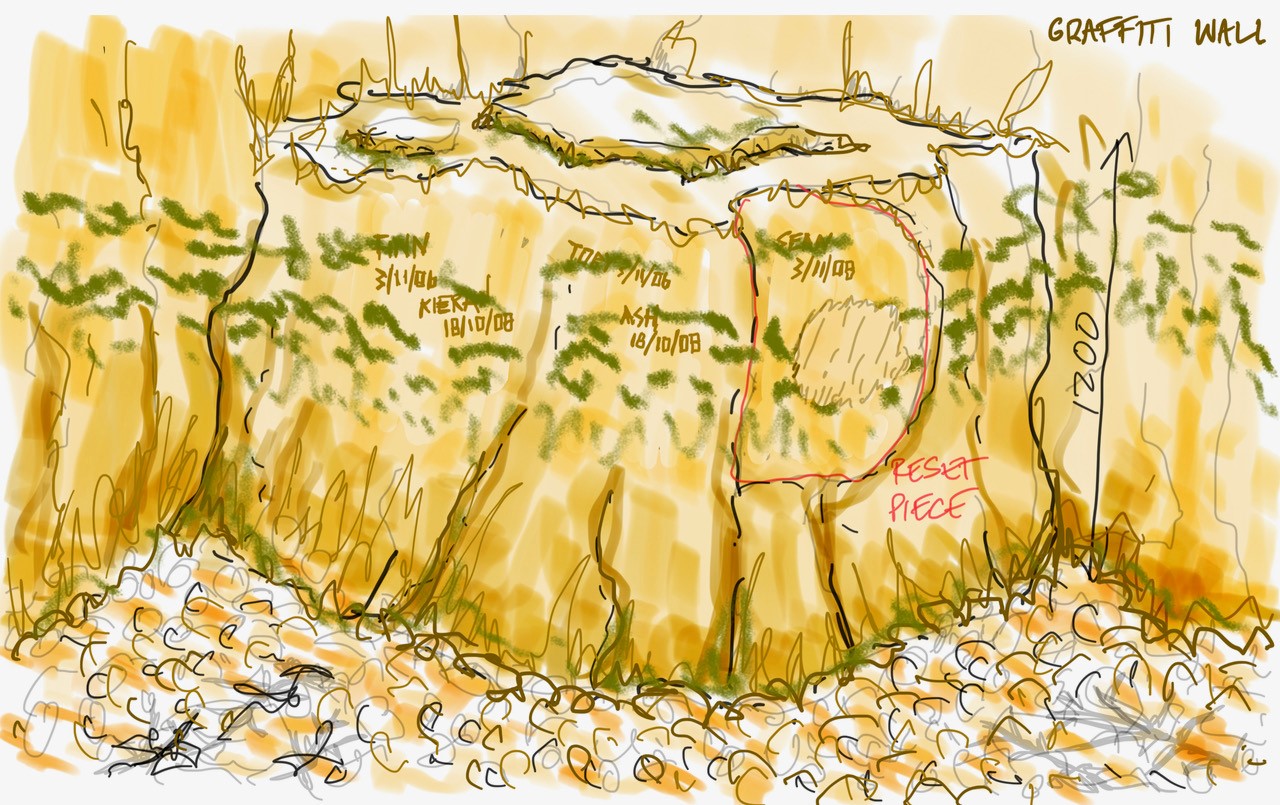
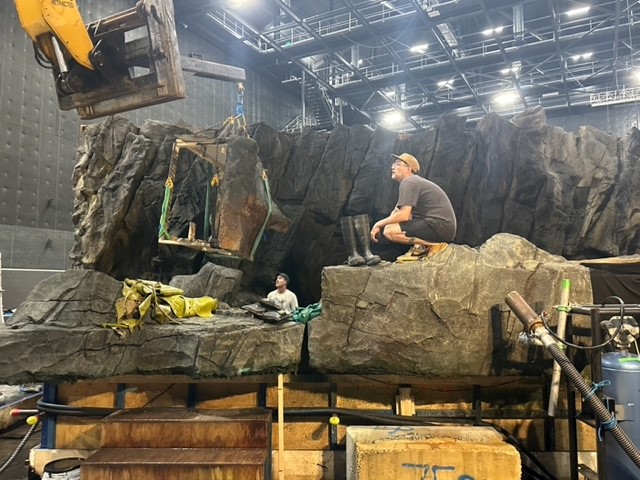
The caves even had tidal lines marked by barnacles and seaweed—elements intrinsic to the design and build to bring greater authenticity but also to help drive a story point about the timing of the characters’ visits to the caves.
Illusions has some fantastic sculptors who did an incredible job rendering the cave to look like the Dolerite geological formations that are so prominent in the landscape in Tasmania.
When the VFX team went to blend in our set, it had an almost seamless match to the plate shots of the actual landscape down there.
For me, The Survivors is up there with a handful of professional high points and I was proud of what we achieved.

What makes Docklands Studios a good space to film?
Docklands Studios is very conducive to filmmaking—you never feel like you’re too crowded.
The facilities outside of the stages, including the construction areas and storage areas and production offices, help to streamline the process.
The staff are always helpful and collaborative—it’s a great place to work.
Melbourne-based Ben Morieson is one of Australia’s leading production designers with over 25 years’ experience on TV and film projects.
The Survivors is produced by Tony Ayres Productions (Fires, Clickbait, Stateless), backed by Matchbox Pictures and Universal International Studios, a division of Universal Studio Group.
Additional support is provided by VicScreen through the Victorian Production Fund and the Victorian Digital Screen Rebate, and production support is from Screen Tasmania.
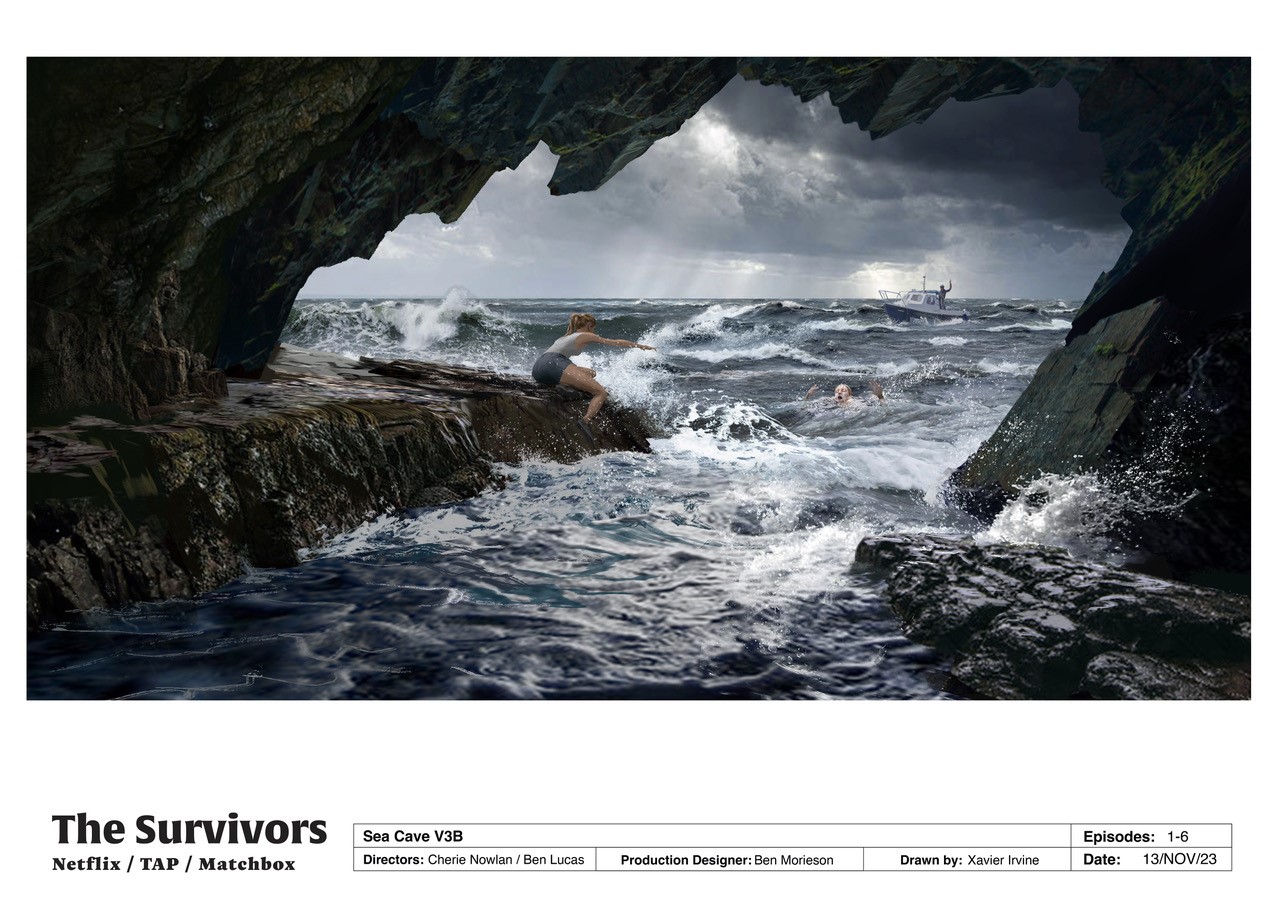
 Previous
Previous